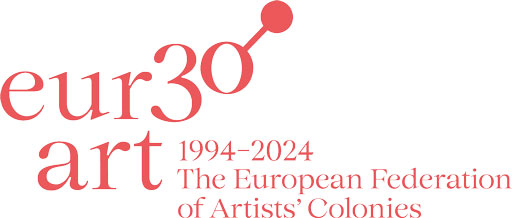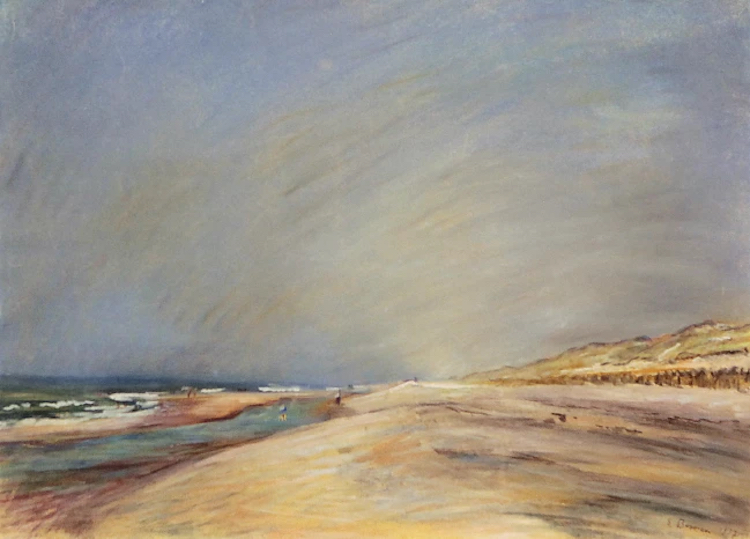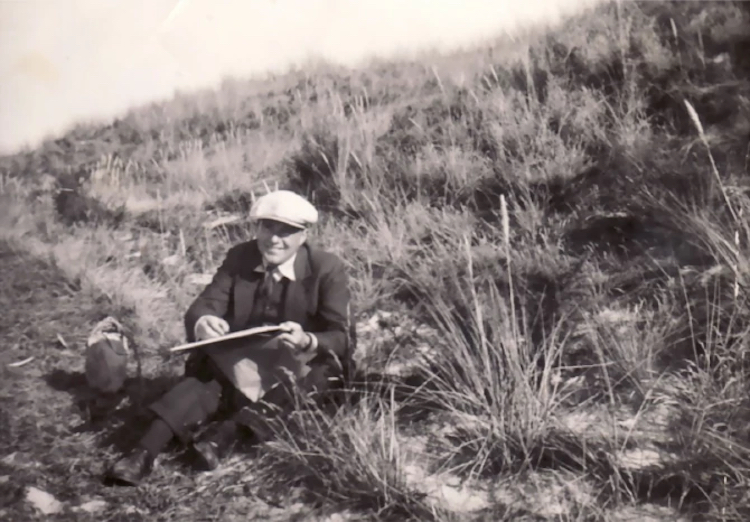Erwin Bowien – an artist in exile in Egmond (1933-1942)
The exhibition in the Museum van Egmond sheds light on Bowien´s exile in Holland.
The artist Erwin Bowien (1899-1972) lived during his self-imposed exile in the Netherlands many years in Egmond aan den Hoef near of Egmond aan Zee. Egmond was an artists’ colony where many painters lived and worked, e.g. George Hitchcock (1850-1913) and Gari Melchers (1860-1932). Bowien created many artworks in the region of Northern Holland (seascapes, dune paintings, mainly in pastel; large series of graphite drawings of Dutch peasants and craftsmen; sketches of towns and cities). Paintings by the artist end up in the Rijksmuseum Amsterdam and the Westfries Museum in Hoorn. Artistic training of the painter Dirk Oudes (1895-1969) from Ouddorp near Alkmaar. Bowien spent his childhood in Neuchâtel, Switzerland and studied in Hannover, Munich, Dresden and Berlin. At the mid of the 1920s he moved to Solingen, Germany. As a Nazi opponent, Bowien decided for reason of conscience, in the winter of 1933, to leave Germany and went into exile in the Netherlands. During the 2nd world war, his exile was overrun by the German Wehrmacht. Erwin Bowien went underground and after an adventurous escape took him through Germany, he ended up in the small village of Kreuzthal-Eisenbach in the Allgäu in Southern Germany. After the end of the war in 1945, he moved back to Solingen and founded the so-called „Black House“ colony in which he systematically developed Bettina Heinen-Ayech (1937-2020) and Amud Uwe Millies (1932-2008) into artists. Erwin Bowien was a European ahead of his time and had dreamed of a united and peaceful Europe. He died in 1972 in Weil am Rhein and was buried in a grave of honor in the graveyard of Weil am Rhein.




